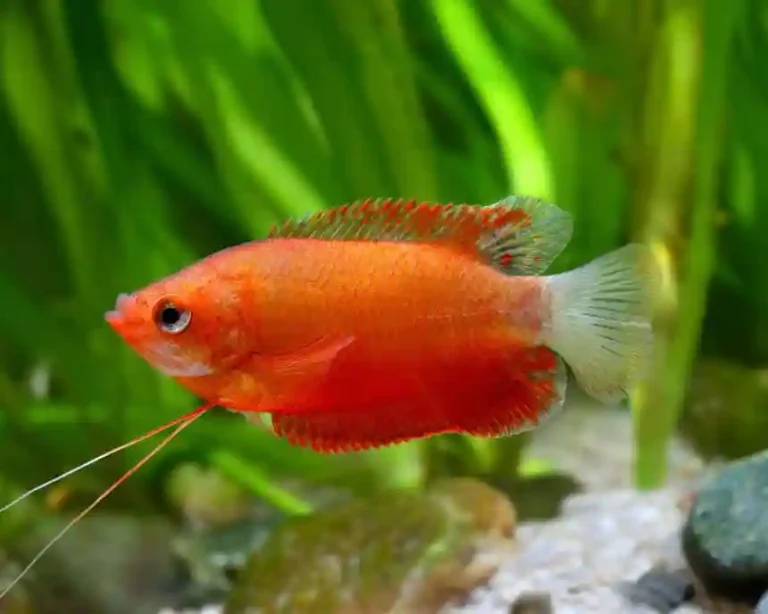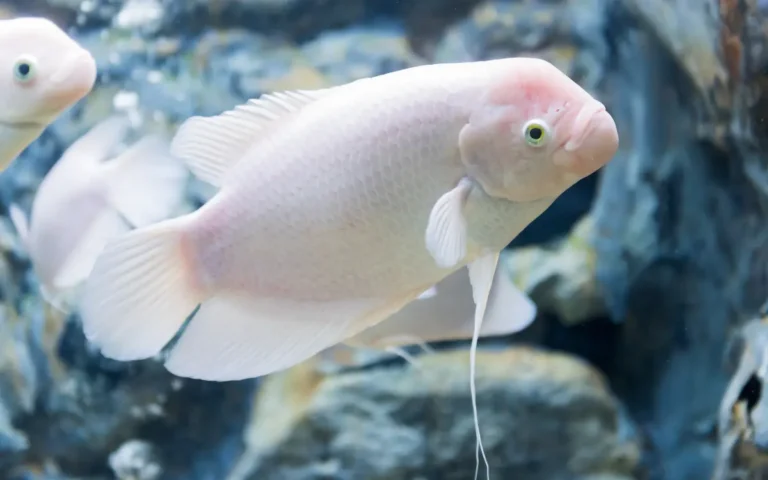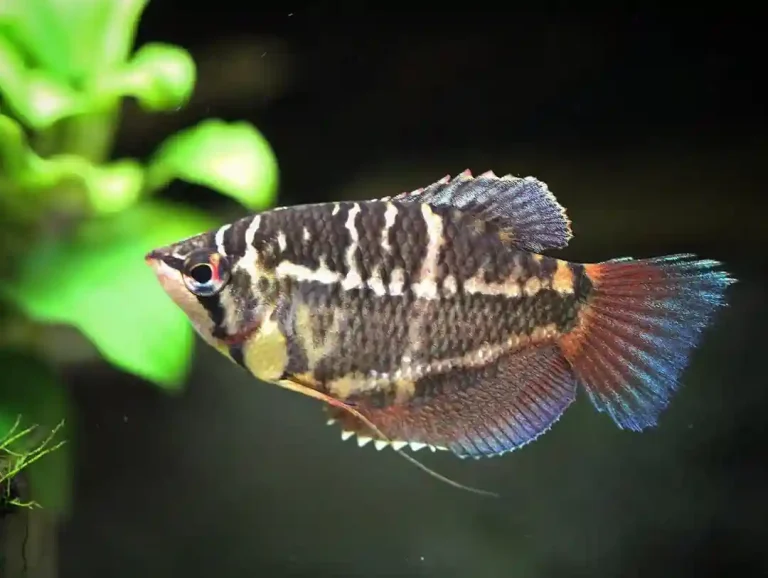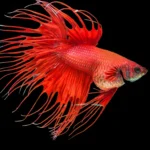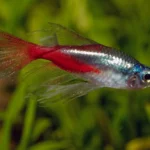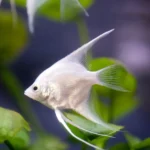Schooling fish bring life, movement, and harmony to aquariums, creating stunning visual displays as they swim together.
They feel safer in groups, reducing stress and promoting natural behavior. Whether you prefer colorful tetras, active danios, or peaceful rasboras, choosing the right schooling fish enhances both the beauty and balance of your tank.
1.Neon Tetra
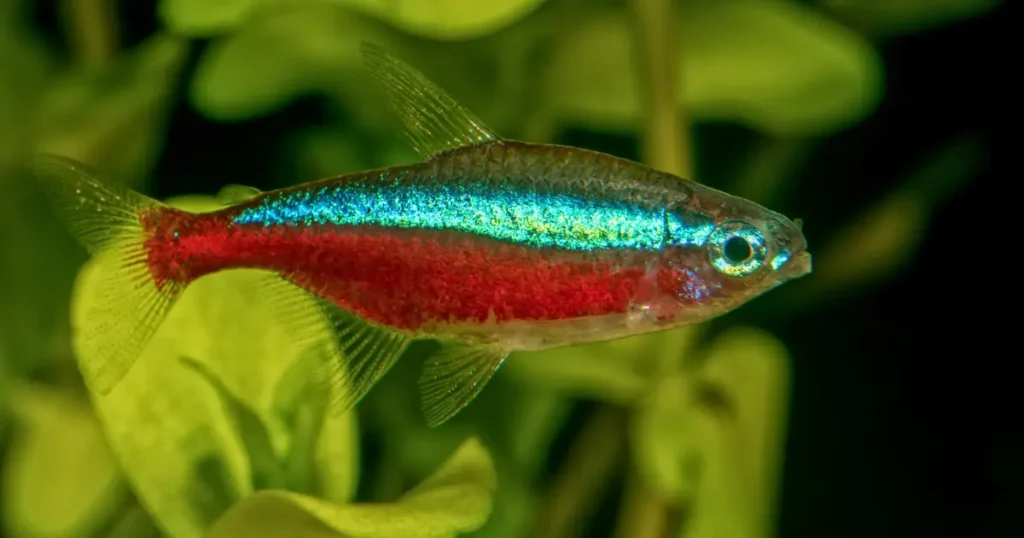
Neon tetras are small, peaceful fish with bright blue and red colors. They swim in groups of six or more, moving together in a beautiful display.
These fish are great for beginners because they are hardy and easy to care for. They prefer soft, slightly acidic water and do well in planted tanks with dim lighting. Their schooling behavior helps them feel safe and keeps them stress-free.
2.Cardinal Tetra

Cardinal tetras look similar to neon tetras but have a longer red stripe. They are peaceful fish that do best in groups of six or more.
They need soft, slightly acidic water and enjoy swimming in planted tanks. Their bright colors and synchronized movement make them a favorite in community aquariums.
3.Rummy-Nose Tetra
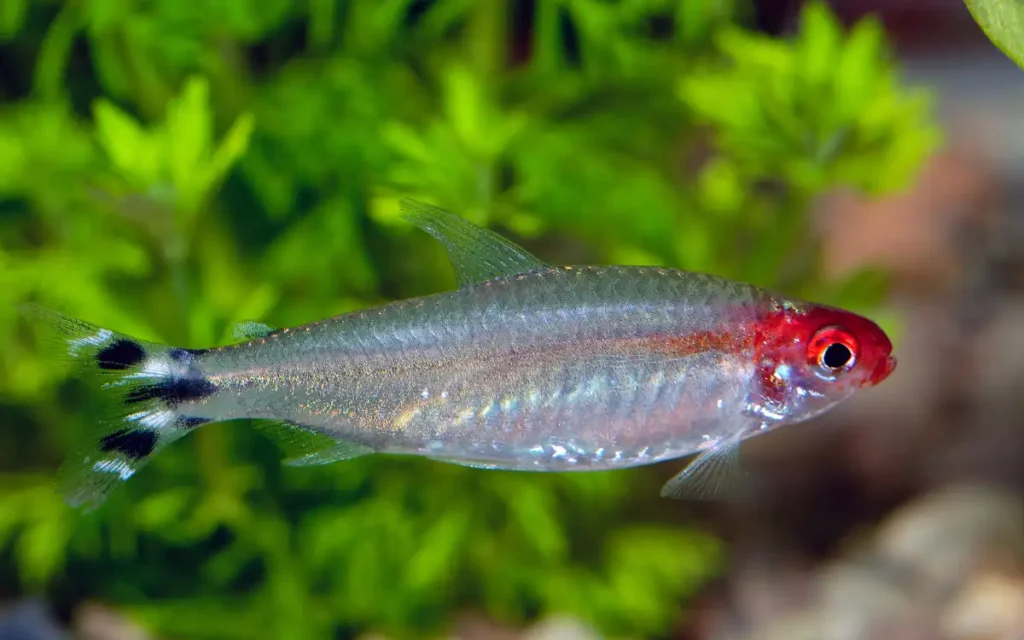
Rummy-nose tetras are known for their bright red heads and tight schooling behavior. They move together in perfect harmony, which makes them stand out in any tank.
They need soft, slightly acidic water and should be kept in groups to reduce stress. Their red noses can fade if they are unhappy, making them a good indicator of water quality.
4.Ember Tetra
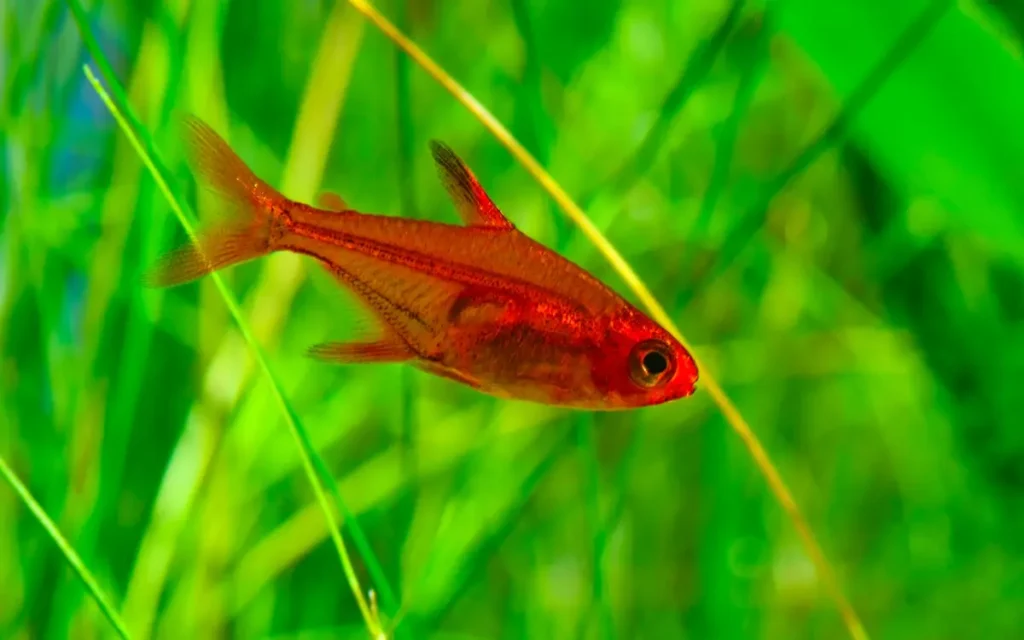
Ember tetras are small, orange-red fish that swim actively in groups. They prefer soft, slightly acidic water and do well in planted tanks.
Keeping them in a group of six or more helps them feel secure. Their bright color and peaceful nature make them a great addition to a community aquarium.
5.Buenos Aires Tetra
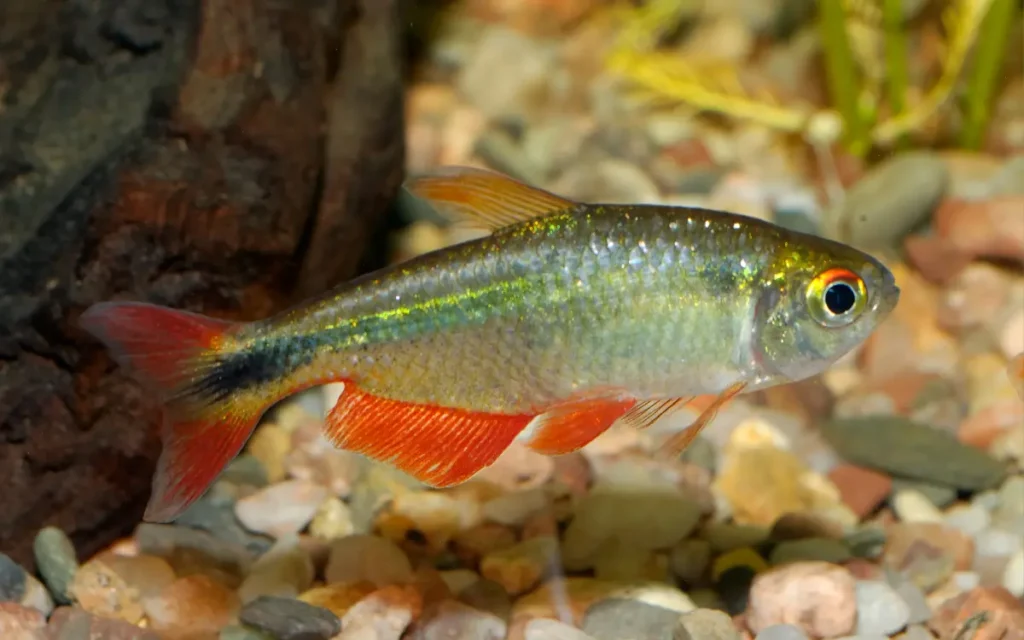
Buenos Aires tetras are active swimmers that do best in larger tanks. They can tolerate a wide range of water conditions, making them great for beginners.
They need a group to stay calm and should have plenty of space to swim. Their silver bodies with red fins add energy to any aquarium.
6.Harlequin Rasbora
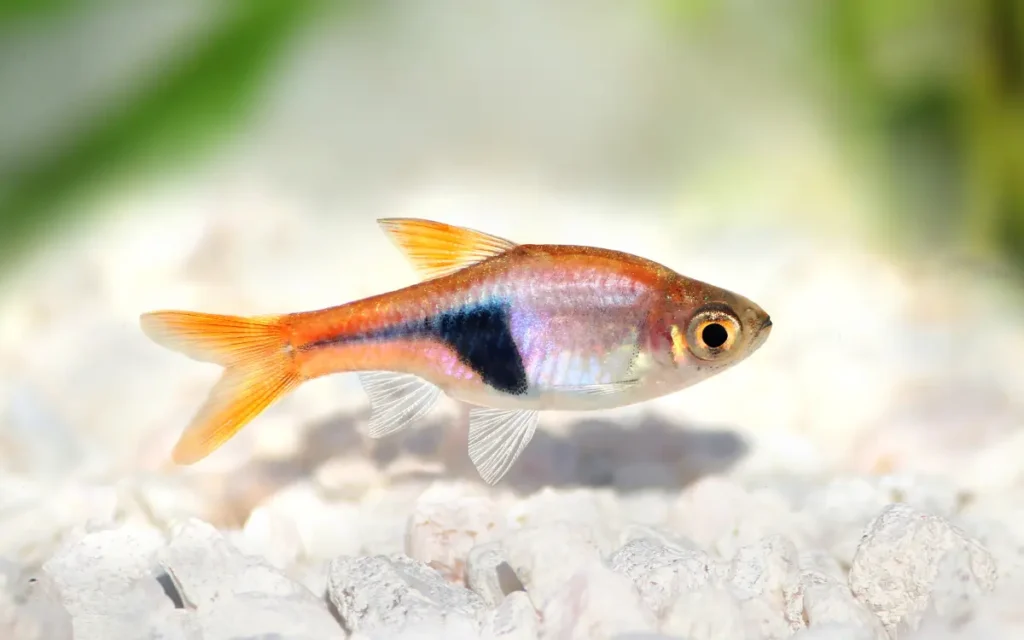
Harlequin rasboras are easy to care for and have a unique black triangle on their bodies. They swim together in smooth, synchronized movements, creating a peaceful atmosphere.
They thrive in soft to neutral water and get along well with other gentle fish. Their schooling behavior adds beauty to any tank.
7.Celestial Pearl Danio
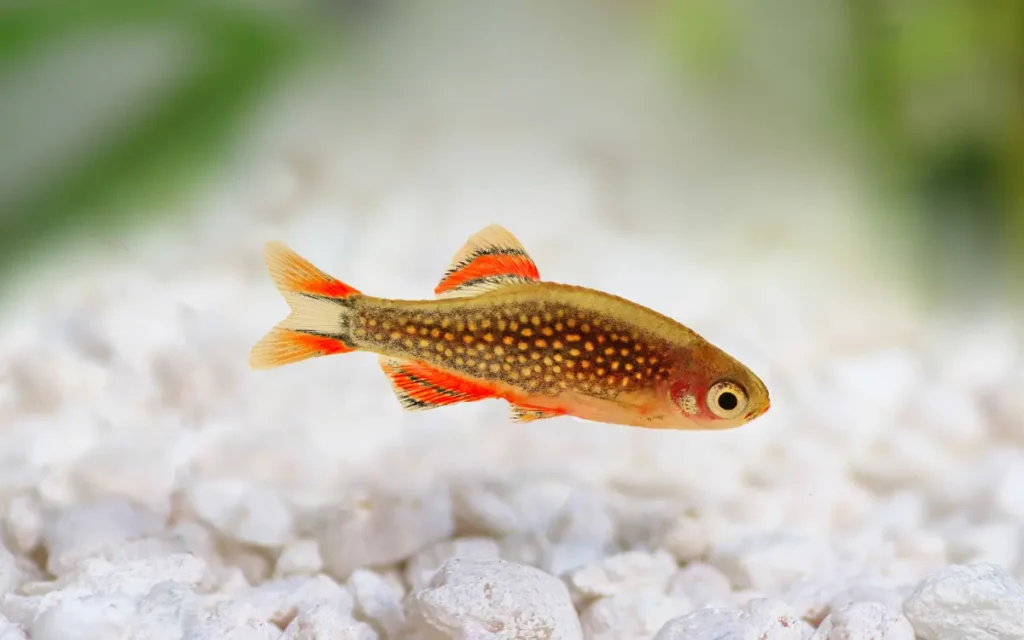
Celestial Pearl Danios are small, colorful fish with shimmering blue and orange spots. They prefer cooler water and do best in well-planted tanks.
These fish are peaceful and enjoy staying in groups, making them a great choice for nano aquariums.
8.Zebra Danio

Zebra Danios are hardy, striped fish that swim quickly around the tank. They need a group of at least six to stay active and happy.
They can live in various water conditions and are perfect for beginners. Their playful swimming style keeps the tank lively.
9.Leopard Danio
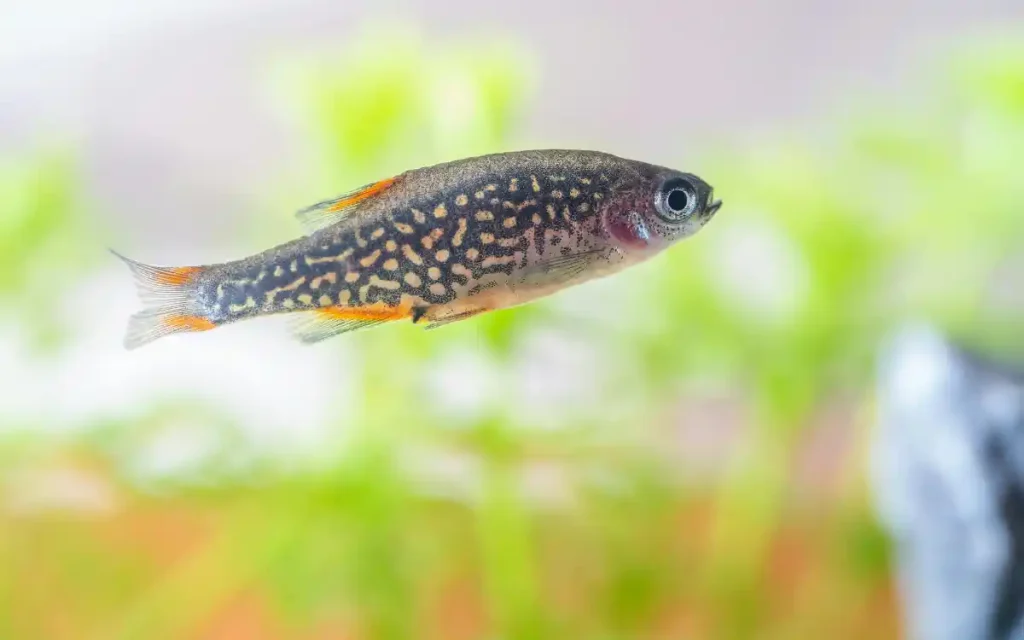
Leopard Danios look similar to zebra danios but have gold-speckled bodies. They are energetic swimmers that need a group to feel safe.
They do well in a wide range of water conditions and are easy to care for, making them a great choice for any aquarium.
10.Boraras Brigittae (Chili Rasbora)
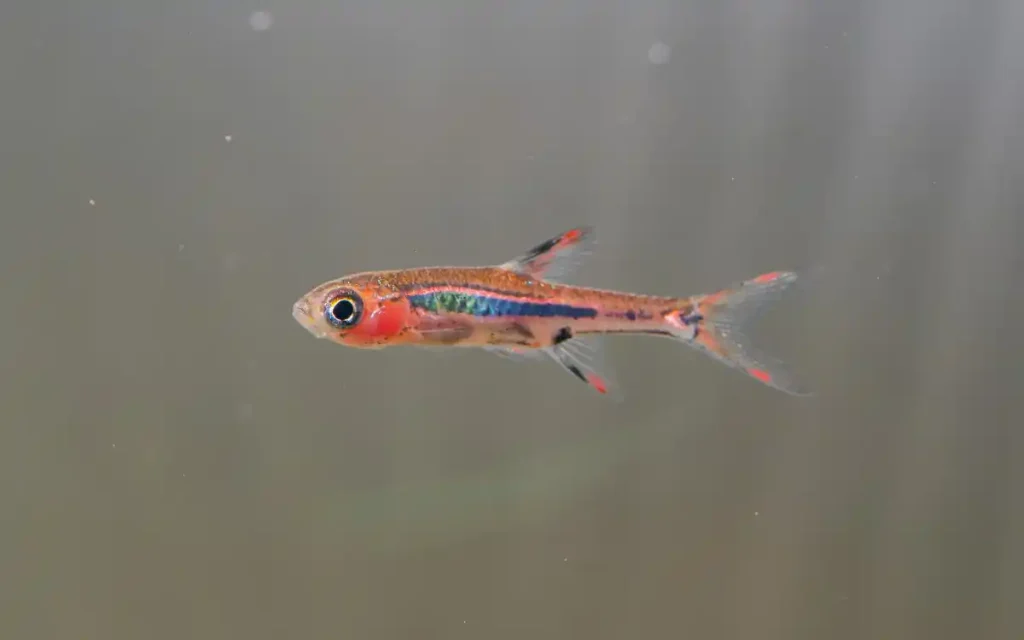
Chili Rasboras are tiny, bright red fish that do best in heavily planted tanks. They need a group of at least eight to feel secure.
Because they are so small, they should be kept with other tiny, peaceful fish. Their vibrant color makes them stand out in a nano aquarium.
11.White Cloud Mountain Minnow
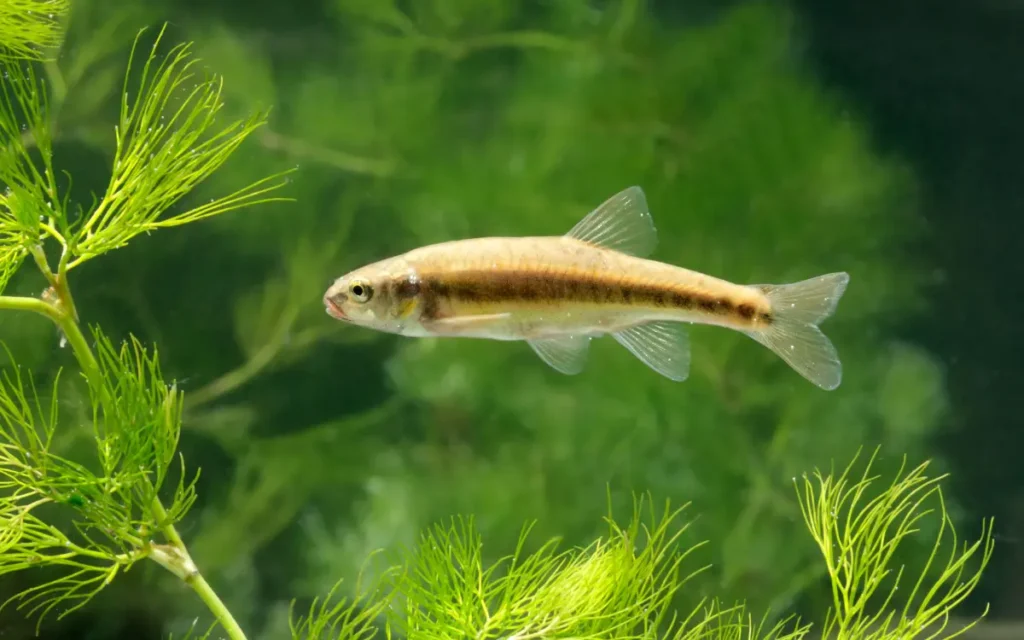
White Cloud Mountain Minnows are perfect for unheated tanks. They prefer cooler water and are easy to care for.
They swim actively in groups and make a great alternative to goldfish for small aquariums.
12.Tiger Barb

Tiger Barbs are active fish with bold black stripes. They need to be kept in groups to prevent aggression.
They prefer slightly warm water and do best with other fast-moving fish. Their playful nature makes them a great addition to a lively aquarium.
13.Congo Tetra

Congo Tetras have shimmering, rainbow-colored scales and long, flowing fins. They need a spacious tank and do best in groups of six or more.
Their peaceful nature and stunning appearance make them a standout in larger aquariums.
14.Bleeding Heart Tetra
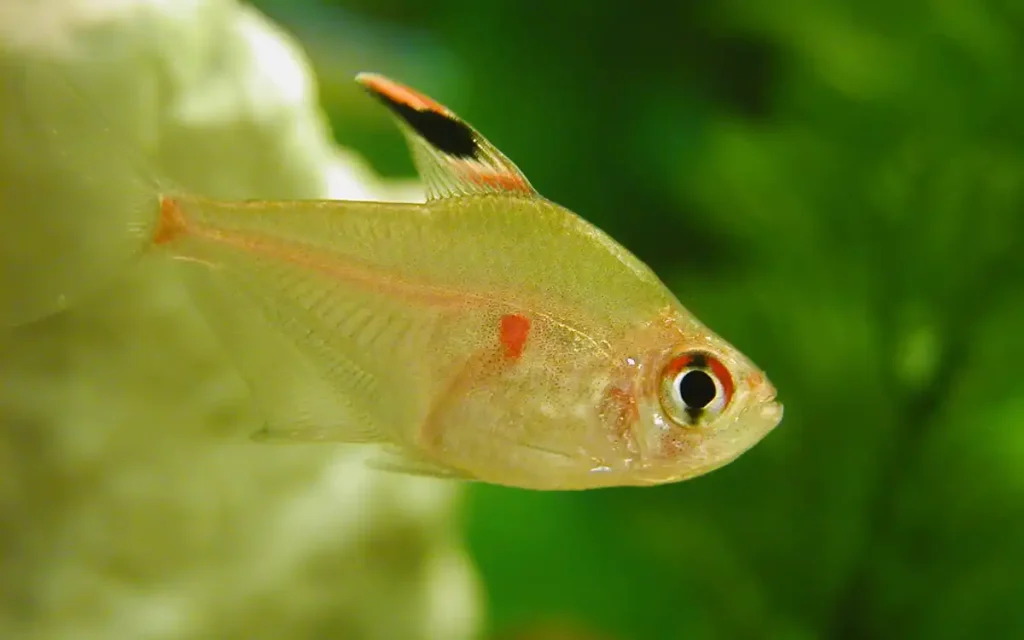
Bleeding Heart Tetras have a distinctive red “heart” marking on their bodies. They are calm fish that swim in synchronized schools.
They do well in planted tanks and make a great choice for community aquariums.
15.Corydoras
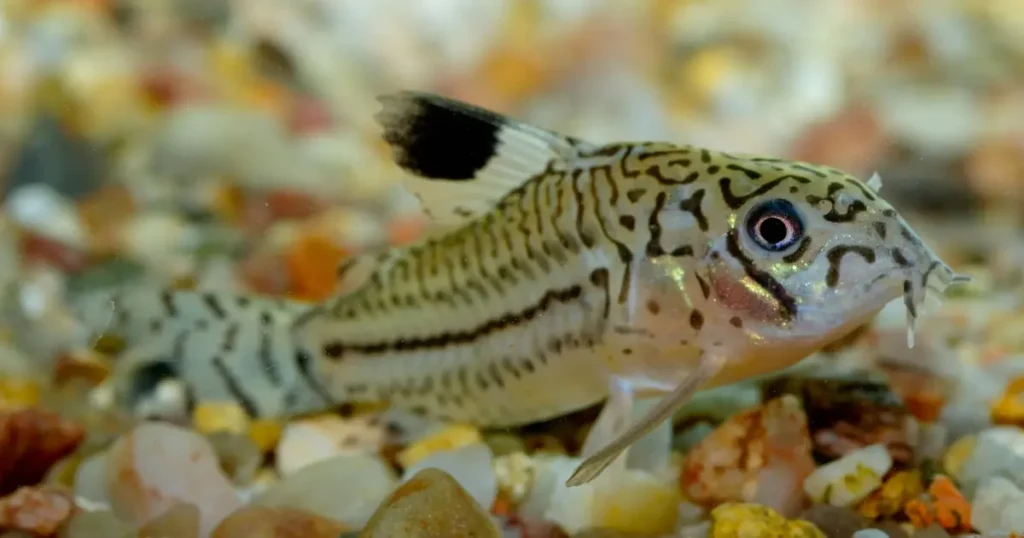
Corydoras are bottom-dwelling fish that move in groups while searching for food. They need a soft substrate to protect their whisker-like barbels.
Keeping them in groups of six or more helps them feel safe. They are peaceful, hardworking fish that help keep the tank clean.
Read also: 11 Bottom Dwellers for Freshwater Tanks
FAQs
Why do schooling fish need to be kept in groups?
They feel safer, reduce stress, and show natural behavior when kept in groups of six or more.
Can different species of schooling fish school together?
Some similar species, like neon and cardinal tetras, may loosely school together, but most prefer their own kind.
What happens if a schooling fish is kept alone?
A single schooling fish may become stressed, hide, or behave abnormally without its group.
Are all tetras good schooling fish?
Most tetras are excellent schoolers, but some, like black skirt tetras, prefer to shoal rather than school tightly.
Do schooling fish need a special tank setup?
They thrive in spacious tanks with open swimming areas, calm water flow, and plenty of plants for security.

